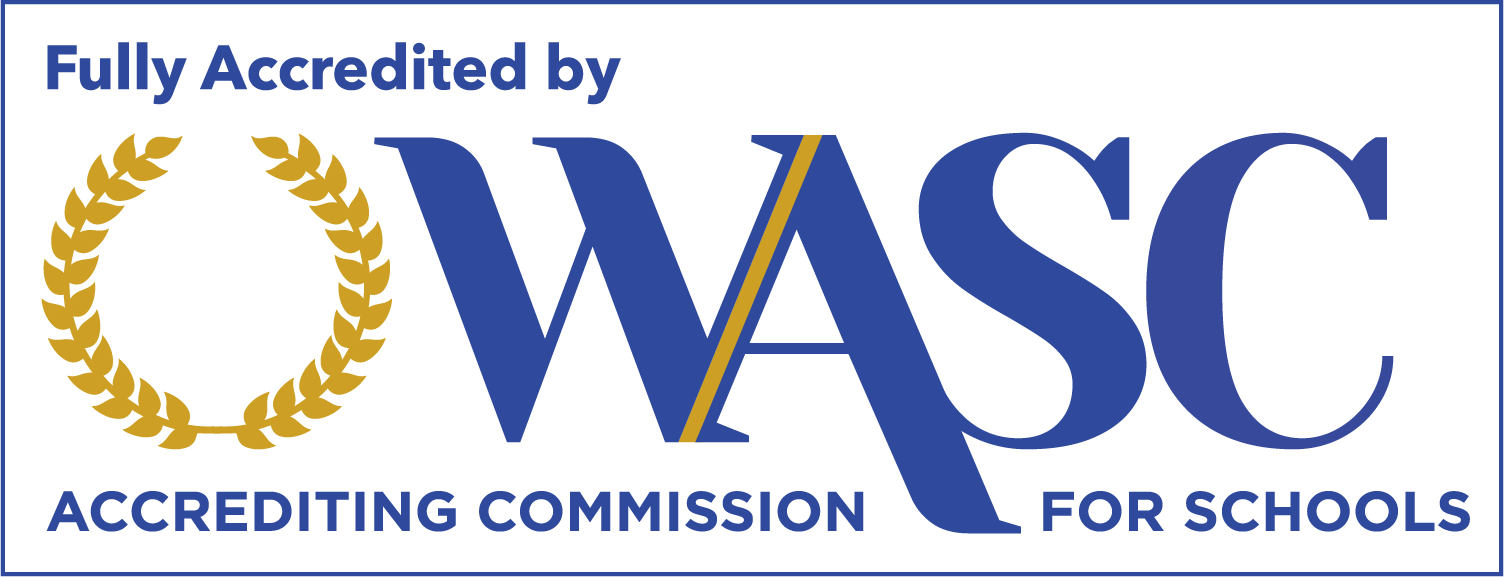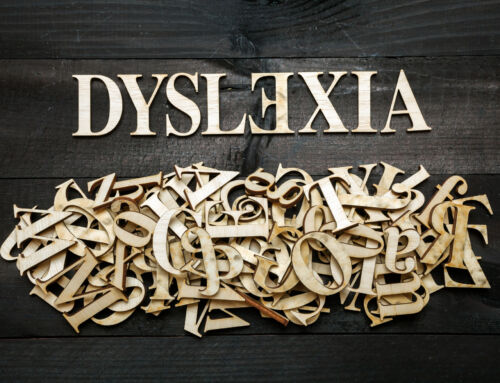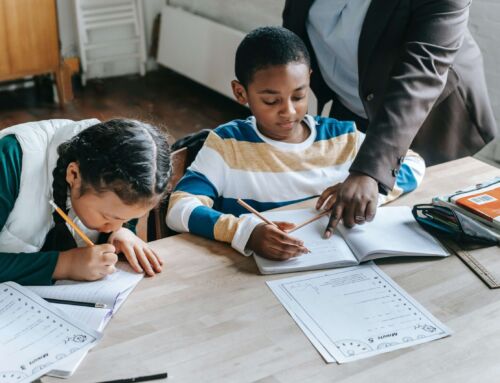What Is Structured Literacy?
Did you know that up to 20% of Americans struggle with dyslexia and related learning disabilities? If your child requires teaching options that are specific to these learning styles, they are far from alone. Many of the smartest children need to overcome the challenges that come from dyslexia, dysgraphia, and dyscalculia to stay ahead in school.
Structured literacy instruction is a helpful option for students with dyslexia. But what is structured literacy, exactly? Read on to answer this question and to learn when you should enroll your child in a structured literacy program.
What Is Structured Literacy?
To understand structured literacy, it is important to understand what traditional balanced literacy approaches are. Balanced literacy teachers center their teaching around fun-to-read, high-quality literature while promoting a love of reading.
While this may sound like a good idea for most students, it is inadequate to actually “teach” reading. There are no real ways to measure achievement, but more importantly, there are no concrete ways to teach balanced literacy. It is very subjective and ultimately leaves many students struggling to read.
Structured literacy instructional techniques showcase the structure of language with explicit and systematic instruction. It is cumulative and sequential with each new step building on the last. This method approaches reading with a much more objective and scientific lens.
The idea behind structured literacy is that students will have a concrete and easy-to-implement formula to follow when it comes to reading. They will know all of the rules of the language and, therefore, will be successful at sounding out unknown words. After they have the basics down, they can later move forward to more complex words and passages.
Teaching Structured Literacy
These teaching methods are more linguistically-oriented, which is the core of the balanced vs structured literacy distinction. Some structured teaching methods include:
- Teaching high-frequency words based on specific phonics patterns
- Explicit teaching of irregular words (that don’t fall into a pattern)
- Teaching the ways that the meanings of words, phrases, and sentences all fit together within any text
- Teaching easy-to-decode texts that use familiar phonics patterns (rather than the more complex texts that they may not be able to reach quite yet)
- Factual explanations for various ways that language works
- Learning and practicing reading as though it is a code so that they can systematically improve
Balanced Literacy reading goal is to get students to love reading. On the flip side, the point of structured literacy is to teach children to read. A love for literature comes later, as learning to read becomes less intense and easier for them.
The 5 Components of Structured Literacy
There are five key components of structured literacy. Each of these components must be taught to students both independently and in connection with the others.
Phonics, or the connection of letters with sounds, is a core part of any structured literacy program. This is the most basic part of any structured literacy program because it helps students to decode texts. When learning phonics, students will grow to understand prefixes, suffixes, roots, consonants, vowels and vowel patterns, and six-syllable patterns.
While students gain an understanding of phonics in reading, they learn to apply their understanding to spelling. Orthography is the English spelling system in which students learn and apply sounds and letters with one another. They also will learn to form the letters that spell the sound.
Phonology, the study of sound structure in spoken English, is essential when teaching students to pronounce the words that they read. Structured literacy teaches how to segment and manipulate speech sounds.
Students will also learn semantics/comprehension, or the relationships between words and their meanings and the meanings of word groupings. They will be explicitly shown the relationships between words, phrases, clauses, and sentences. This foundational element allows them to read longer passages and to fully understand them.
The final overarching component is explicit and methodical instruction. Students with dyslexia thrive in environments where they can repeat instruction in order to memorize information and apply it to their reading in the future. Being objective when teaching helps these students to apply their knowledge in a factual way as they decode and interpret texts.
Does Your Child Need Structured Literacy?
Structured literacy is required to help a child with dyslexia learn to read BUT it is beneficial for all students! They will thrive in a scientific and steady learning environment with more structured language learning.
However, if you’re unsure of whether or not your child has dyslexia and therefore needs these teaching styles, there are some signs to look out for. These are just a few:
- Learning new words slowly
- Learning to talk later than their peers
- Trouble forming new words
- Reversing sounds within words
- Confusing different words that sound alike
- The inability to correctly learn nursery rhymes (or play rhyming games)
If you’re wondering how to test a child for dyslexia, it is easier than ever before! Read Academy offers an in-depth dyslexia assessment to help you discover why your bright and capable child struggles with learning to read.
We will assess your child’s history and educational records in addition to giving them a comprehensive professional assessment for dyslexia. Once you have accurate information on your child’s learning profile, it will be easier to move forward with appropriate instruction.
Enroll in Structured Literacy Instruction Today
So, what is structured literacy? It is an essential structured method of teaching reading that helps dyslexic students succeed in reading acquisition and to keep up with their non-dyslexic peers.
While students with dyslexia may struggle in the traditional classroom, there are teaching options available for their individual needs. At Read Academy of Sacramento, we’re committed to helping those with learning disabilities get the specialized education they need. Contact us today with any questions you may have about structured literacy and how to enroll in our classes.




